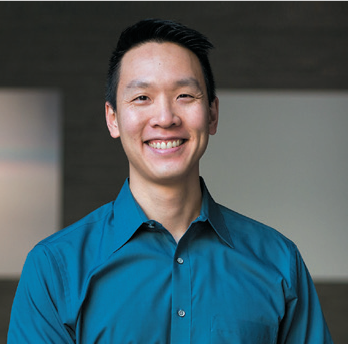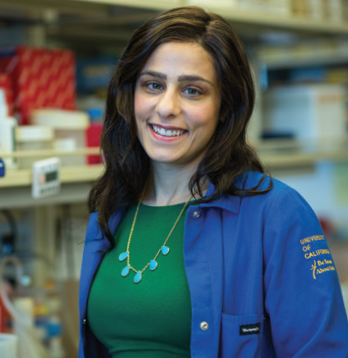AI and Cardiology

In recent years, artificial intelligence (AI) has taken huge leaps forward, fueling big improvements in everything from navigation to facial recognition. But its medical applications are still in the early stages.
“There’s a lot of excitement about AI, but it’s important for us as doctors and scientists to separate out hype from reality,” said Geoffrey Tison, MD, MPH, who was UCSF’s first digital cardiology fellow in 2014.
Several advances have powered medicine’s digital revolution, including large-scale digitization of medical data such as electronic health records, imaging and Fitbits. Then there are computational breakthroughs in machine learning algorithms.
“Traditional computer algorithms apply rules that we specify,” said physician-scientist Rima Arnaout, MD, another pioneer in digital cardiology. “Machine learning, or AI, learns patterns from data, so the algorithm comes up with the rules. Like the brain of a newborn baby, the computer is wired to learn, but that learning is a partnership between the computer and what information the human exposes it to.”
Similar to teaching trainees, it is important to show the computer a wide range of patient data, including one-in-a-million “zebra” cases, and to avoid introducing human bias. For example, in 2000 a New England Journal of Medicine study showed that women and people of color with heart attacks were disproportionately discharged from 10 emergency rooms with incorrect diagnoses like anxiety. A computer trained only on that study’s dataset could learn the same biases. “It’s really important for clinicians to be thoughtful stewards of the data, and to have true interdisciplinary collaboration with computer scientists,” said Dr. Arnaout.
A Powerful Tool
Part of the promise of AI is its potential to improve global medicine. For example, in partnership with UCSF Pediatric Cardiology and the UCSF Fetal Treatment Center, Dr. Arnaout’s lab is using AI to analyze fetal echocardiograms to improve prenatal diagnosis of congenital heart disease, which is relatively rare and can be challenging to identify. Her lab’s preliminary results have shown promise. “UCSF has an excellent fetal treatment center, but pregnancies happen everywhere,” she said. “Through AI, we hope to encapsulate clinical expertise at places like UCSF and democratize that for the world.”
Similarly, Dr. Tison and his colleagues conducted a study asking volunteers to obtain simple measurements by placing their finger on a smartphone’s camera. By analyzing the captured waveforms associated with each heartbeat, AI algorithms detected diabetes with reasonable accuracy, though it is not immediately clear how this is achieved. “One of the tradeoffs with AI is while it can have more predictive power than standard techniques, it can be difficult to interpret or reverse engineer the model,” he said.
AI could also enable discoveries that elude even expert clinicians. Humans have limited ability to focus on more than a few variables at a time, but AI can detect subtle patterns buried among thousands of variables. Dr. Tison and his collaborators are using AI to analyze thousands of electrocardiograms (EKGs), which measure the electrical activity of the heart, to predict outcomes that human interpreters may not be able to see, such as the risk of death within one year. “That’s an example of using existing data for novel applications, though the actual clinical impact is to be determined,” he said.
Dr. Tison cautions that the field is still in its infancy. “By and large, everyone is still in the development phase,” he said. “There have been a handful of randomized controlled trials, but we need a robust infrastructure to test innovations clinically…. AI has the potential to access populations that we currently have a hard time reaching, like people in their 20s who don’t even have a primary care physician, but do have a smartphone.”

Dr. Arnaout agrees. “There’s a lot of work to be done, but AI methods could potentially be a tide that lifts many boats,” she said. “Finding advanced patterns and doing more complicated computation crosses a lot of areas in medicine, including imaging, bloodwork, genetics and protein folding. That’s what drives a lot of the excitement.”
No matter how sophisticated AI becomes, it will probably never replace doctors. “AI could add another tool to our toolbox,” said Dr. Arnaout. “If we do it right, AI will enable physicians to provide better care while continuing to provide the empathy and compassion that are so important in medicine.”
- Elizabeth Chur, Date Published: Fall 2019
